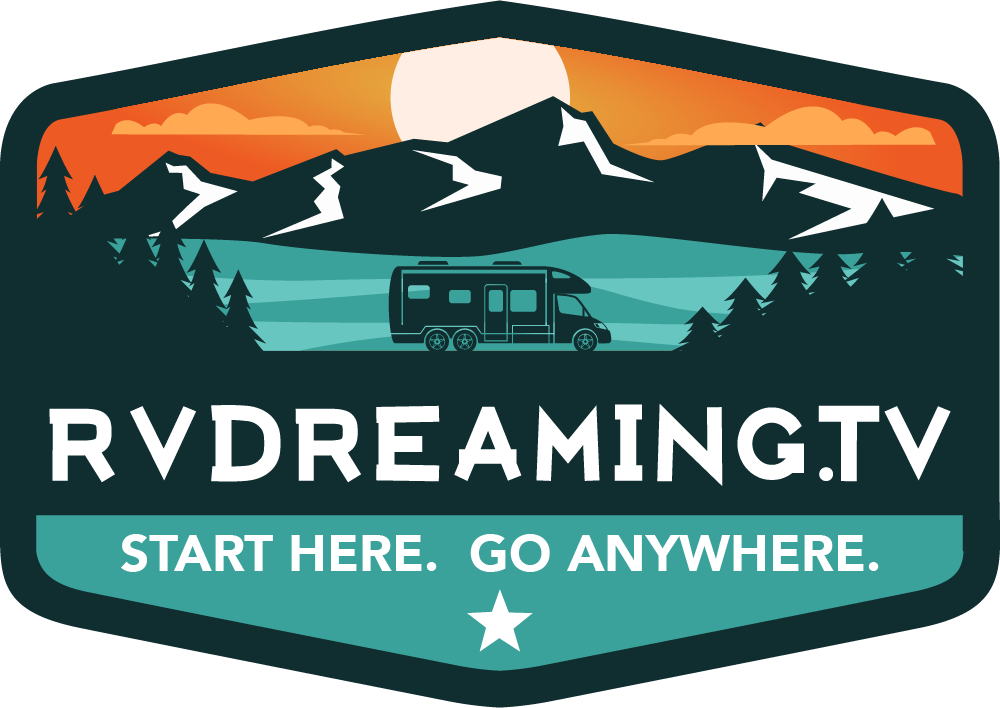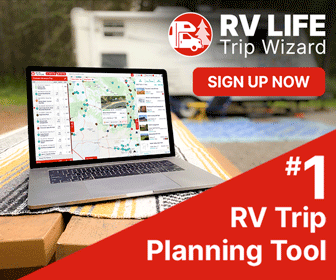
Introduction
Discover the best Class B RVs for Full-Time living in this comprehensive guide. Learn about the top brands, features, costs, and pros and cons of RV living.
Definition of Class B RVs
A Class B RV is a type of recreational vehicle (RV) that is built on a van chassis. They are also commonly referred to as van conversions or “van life” RVs. They come in many different lengths, from as short as a mini-van, to as long as 24 feet in length.
The Trend of Full-Time RV Living
Full-time RV living, or “van life,” has become increasingly popular in recent years. People are opting for a nomadic lifestyle and embracing the freedom and flexibility that comes with living in an RV.
Purpose of the Guide
This guide is designed to help those interested in full-time RV living understand the benefits and limitations of Class B RVs. We’ll take a look at the top RVs for full-time living, the cost of owning and maintaining an RV, and tips for making the most out of RV living.
What are Class B RVs and How Do They Compare to Other RVs?
Overview of Class B RVs
Class B RVs are compact, self-contained vehicles that offer the convenience of a van with the comforts of an RV. They are ideal for full-time living due to their smaller size, which makes them easier to maneuver and park in tight spaces.
The most popular Class B RVs are built either on the Dodge Ram Promaster, Ford Transit, or Mercedes Sprinter chassis, although some people will choose to outfit smaller, family-style vans as well. These custom-built vans are more considered to be “van life” than a Class B RV, which is usually built and manufactured by an RV brand.
Comparison to Class A, C, and Travel Trailers
Class B RVs are smaller and more compact than Class A RVs, which are the largest and most luxurious RVs on the market. Class C RVs are also larger and offer more amenities, and still offer the convenience of a van-style RV. Travel trailers, on the other hand, are separate units that must be hitched to a truck or other vehicle for transportation.
Top Class B RVs for Full-Time Living
Best Class B RV Brands
Some of the top Class B RV brands include Winnebago, Roadtrek, Pleasure-Way, and Airstream. Each brand offers unique features and floor plans to suit different needs and preferences. They each also vary significantly in price, features, and functionality.
We will not get into the pros and cons of various van manufacturers. We encourage you to do your own research on each specific brand. What we want to focus on is what you should look for in your van purchase.
Best Class B RV Floor Plans
When considering a Class B RV for full-time living, it’s important to think about the floor plan and how it will fit your lifestyle. Look for a floor plan that offers enough storage and living space, as well as a comfortable sleeping area.
As you do your research, you will see that there are not many unique floorplans when shopping for a Class B RV. However, if you dig deeper, you will see there are subtle differences that can make a big difference. Do not overlook the details when shopping for a Class B RV, and do not assume that just because they look alike, that they are alike.
Key Features to Consider
When shopping for a Class B RV, it’s important to consider key features such as the type of power system (electric or gas), the number of windows, and the size of the refrigerator and tanks. You should also consider the type of bathroom and shower, as well as the type of cooking facilities.
Also, consider who will be traveling with you. Are you a solo traveler, will you have a partner or guests? What about your pets?
Cost of Owning and Maintaining a Class B RV
Initial Cost
The initial cost of a Class B RV can range from $50,000 to $150,000 or more, depending on the brand and features. It’s important to consider the cost of the RV and whether it fits within your budget. Trying to decide whether you should buy a new or used RV? Read the full article here.
Ongoing Maintenance Costs
Like any vehicle, Class B RVs require regular maintenance and upkeep. This includes routine services such as oil changes, tire rotations, and brake inspections, as well as larger expenses such as engine repairs or upgrades to the electrical system.
One big benefit of being built on a van chassis is it is usually very easy to find a mechanic to work on your engine. Unlike a big Class A Diesel Pusher, you can usually bring your van into any repair shop and get in and out quickly. Parts are also usually easier to find than big rigs and larger RVs which can, in turn, lead to cheaper maintenance costs.
Cost Comparison to Traditional Housing
When compared to traditional housing, the cost of owning and maintaining a Class B RV can be lower in some cases. However, it’s important to consider all costs, including fuel, campground fees, and insurance, to get a true comparison.
While living in a van you probably won’t have traditional costs like electric, utilities, etc., you will have costs such as fuel, campground fees and more. You will probably also have similar costs including Internet and cell phone service.
But one way to RV and live cheaper is to travel slower. The faster you travel, the more fuel you will use, and the more miles you will put on your rig. Slowing your travel will help stretch your maintenance budget.
Pros and Cons of Full-Time Living in a Class B RV
Pros
There are many benefits to full-time RV living, including the ability to travel and see new places, the freedom and flexibility of living on the road, and the cost savings compared to traditional housing.
Many Class B RVs can park in normal parking spaces, fit into parking garages, and blend in at popular tourist attractions, neighborhoods, and other places, which means more places, and more free places you can park for the night. Bigger RVs can’t fit into certain places, and their oftentimes loud and outrageous paint schemes do not allow for a lot of stealth camping.
Cons
However, there are also some challenges to full-time RV living, such as limited space, the need to be self-sufficient, and the lack of a permanent home base. It’s important to weigh the pros and cons before making a decision.
What you gain in flexibility and mobility, you give up in space. If two people are living in a van together, you can pretty much assume you will have absolutely no privacy whatsoever. If you have “performance anxiety” when trying to use a public restroom, vanlife with another person probably isn’t for you.
Tips for Making the Most Out of Class B RV Living
Maximizing Space
To make the most out of Class B RV living, it’s important to maximize the available space. This includes using multi-functional furniture, such as a dinette that doubles as a sleeping area, and investing in smart storage solutions.
When doing VanLife, never buy anything that only serves one purpose. I have an ottoman that is also a storage bin and a cat bench. My shower rod also doubles as a clothes hanger. My passenger seat doubles as a seat, storage, and workstation. If you are creative, and can use one item for multiple purposes, you will have mastered the van life space game.
Staying Comfortable
Comfort is key when living in a Class B RV full-time. This means investing in comfortable bedding, a good heating and cooling system, and proper insulation to keep the RV comfortable in all weather conditions.
Being in a smaller space means it is easier to heat and cool your rig. It’s also easier to find shade in the warmer months and get good sun in the cooler months.
Staying Connected
Staying connected is also important when living in an RV full-time. This means having a reliable internet connection, a good navigation system, and a backup power source for charging your devices.
Being in a van means you can park in front of a Starbucks and bum their free WiFi. Or park in a friend or family members driveway and connect to theirs. This is a big benefit over larger RVs that usually can’t get that close to good, reliable Internet sources.
Conclusion
Recap of Key Points
In this guide, we’ve covered many things you need to know about the best Class B RVs for full-time living. From the top brands and floor plans to the cost and pros and cons, we’ve provided all the information you need to make an informed decision.
Final Thoughts
Living in a Class B RV full-time can be a life-changing experience, offering freedom, flexibility, and adventure. Whether you’re an experienced RVer or just starting out, this guide will help you make the most of your RV living experience.
Encouragement to Take the Leap
So if you’re ready to take the leap and start your full-time RV journey, we encourage you to take the time to research and choose the best Class B RV for your needs. With the right RV and a little planning, you can start living the van life and exploring the world in a whole new way.

















Trackbacks/Pingbacks